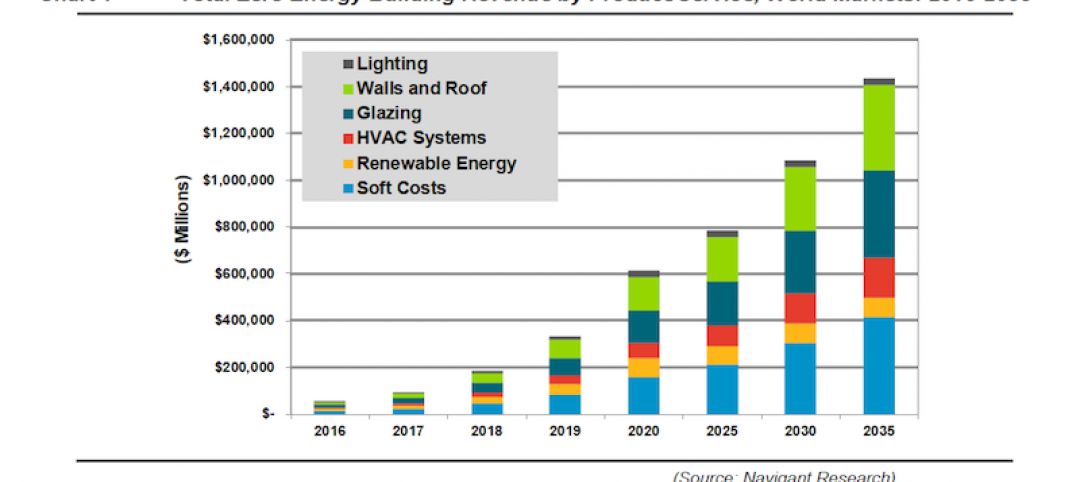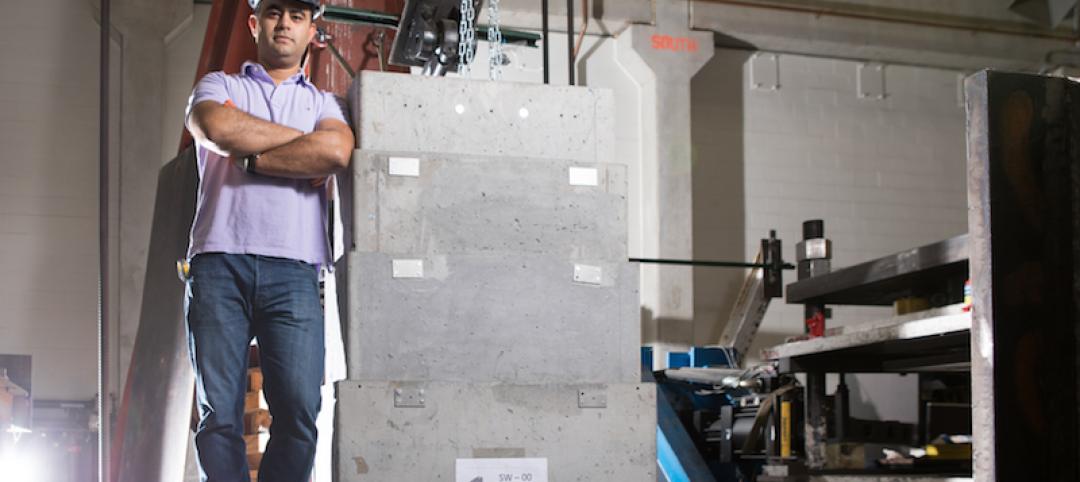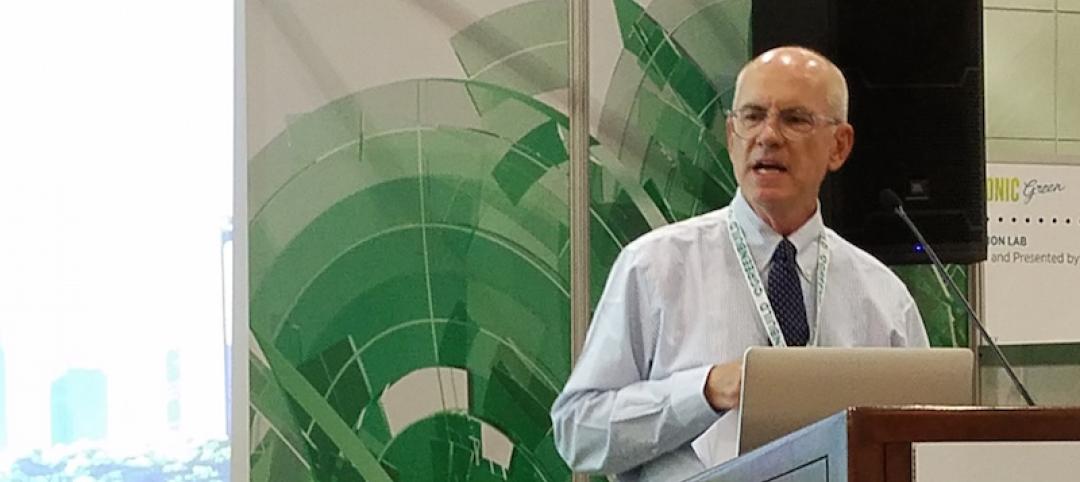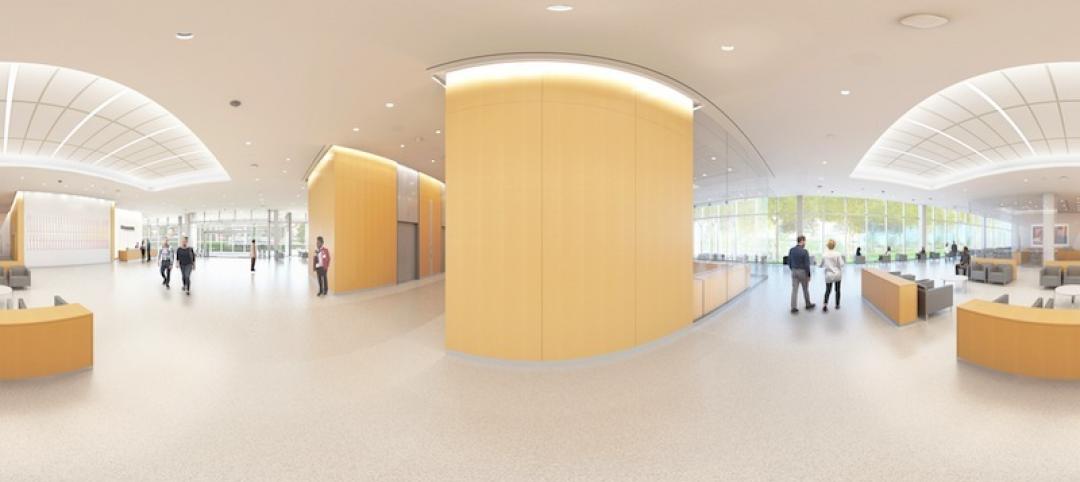The jury for the American Institute of Architects (AIA) Upjohn Research Initiative, a grant program that supports applied research that advances design and professional practice, has announced the five projects selected to receive grants.
The purpose of this grant, now in its 10th year, is to provide base funds for applied research projects that advance professional knowledge and practice. The 18-month long project grant qualifies recipients to have their findings and outcomes published both electronically and in a nationally distributed publication. The total award of $100,000 will be spread across the selected proposals. The jury, comprised of members of the AIA College of Fellows and Board Knowledge Committee, felt the process and deliberations were fully consistent with the double blind-peer review intent of the program. This double blind-peer review helps add an element of rigor to the process whereby proposals are debated on their own merits. The following five submissions were selected for funding:
A Circadian Daylight Metric and Design Assist Tool for Improved Occupant Health and Well-Being
Principal Investigator: Kyle Konis, AIA, Ph.D. (University of Southern California)
All zones within a building that do not regularly achieve the lighting conditions necessary for effective circadian stimulus can be labeled as biologically dark and considered as zones where regular occupancy may be problematic for health and well-being. The objective of this research is to develop a daylighting Metric and Design Assist Tool capable of assessing the circadian potential of architectural space. Procedures using annual, climate-based daylight analysis of eye-level light exposures will be developed to map the circadian effectiveness of a given space. The Design Assist Tool can be used to assess and differentiate the performance of various daylighting strategies during the design phases of a project or to quantify the circadian effectiveness of existing spaces.
Post Natural Material Assemblies
Principal Investigators: Meredith L. Miller (University of Michigan), Thomas Moran (University of Michigan)
Plastiglomerates, formed from the waste polymers of post-consumer plastic fusing with sand, rock, and other inorganic materials, suggest a new approach to sustainable building materials. This proposal builds on collaborative work of the research team to investigate the architectural potential of plastiglomerates with the intent to build a full-scale architectural assembly made from thermocast units. By combining the inherent properties of synthetic plastics and stone, these post natural “masonry” units can be inexpensive, durable, insulating, and locally sourced. The proposed project aims to enhance the plastic-waste-to-building-elem
Smart Cities: Population Health and the Evolution of Housing
Principal Investigator: Joe Colistra, AIA (University of Kansas)
This project will develop a multifamily housing prototype that demonstrates best practices in aging-in-place strategies and tele-health technology. It will investigate prefabricated construction techniques that can be used to bring population health strategies to the affordable housing market. The research team will work with construction industry partners as well as health professionals to test various sensor-enabled assemblies. Some of the more advanced technologies will include motion sensors/fall detection, gait analysis, automated LED smart-spectrum lighting, smart mirrors, smart toilets, sleep sensors, and automated medicine dispensers.
SMART Tiles: Novel Application of Shape Memory Polymers for Adaptive Building Envelopes
Principal Investigator: Dale Clifford (California State Polytechnic University)
Collaborators: Kelle Brooks (California State Polytechnic University), John Brigham, Ph.D. (Durham University), Richard Beblo, Ph.D. (University of Dayton Research Institute)
This project addresses the challenges of designing adaptive façade systems with ‘dynamic’ or ‘smart’ materials. The team will design latitude-specific self-shading building tiles that apply the attributes of a class of polymers with shape memory characteristics. The SMART Tiles are intended to wrinkle and reposition themselves in response to incoming solar radiation to deliver self-shading and energy harvesting performance. Stepping into the emergent field of building self-regulation with programmable matter, this project joins the shift towards a built environment that passively adapts to subtle environmental fluctuations of temperature, light, humidity, and pressure via material properties. Equally important to the team is that the dynamic aspects of the SMART Tiles appeal to the imagination and viscerally (re)connect a building occupant to the environment.
TrashWalls
Principal Investigators: Taiji Miyasaka (Washington State University), Robert Richards (Washington State University), Vikram Yadama (Washington State University)
Collaborators: Rex Hohlbein (Facing Homelessness; Rex Hohlbein Architects), David Drake (Washington State University)
TrashWalls, fabricated using materials harvested from the local solid waste stream, are designed to reduce heat loss from rented apartments, improve the comfort of those spaces during hot or cold weather, and save renters money on their utility bills, while reducing pollution. The purpose of this project is to design, construct, and examine prototypes of interior insulating walls that are attractive, have an R-value of R-10 (US) or greater, cost less than ten cents per square foot, are built from recycled waste materials, are easily manufactured, fire safe, and can accommodate windows. The research team, a collaboration between architecture and engineering, seeks applications of TrashWalls to backyard transitional homes for people who are homeless in Seattle. Testing will occur in a lab setting and at an urban site.
You can see learn more about previous Upjohn Research Initiative projects here.
Related Stories
Energy Efficiency | Jan 5, 2017
Exponential growth in net zero energy buildings predicted for the next two decades
Technology and regulations will be the drivers, says Navigant Research.
Concrete Technology | Dec 5, 2016
Telescopic walls could help combat the damages of floodwaters
The project is currently under development by a Ph.D. candidate at the University of Buffalo.
Building Technology | Nov 10, 2016
New system from MIT may help buildings monitor stress and damage over time
The computational model is being tested on MIT’s Green Building.
Building Technology | Nov 10, 2016
Multifamily development in Miami will feature healthy indoor environments
The 100-unit tower will incorporate healthy living enhancements from The Wellness Habitat Company.
Building Technology | Oct 7, 2016
How much is that LEED point worth? A new tool provides answers
Autocase analyzes the financial, social, and environmental benefits of certification.
Building Technology | Oct 5, 2016
Autodesk’s new BUILD Space is focused on the future of making things in the built environment
The 34,000-sf facility will host teams from academia, industry, and practice doing work in fields including digital fabrication, design robotics, and industrialized construction.
Contractors | Aug 10, 2016
Dodge launches new app to simplify pros' search for suitable projects to bid and work on
The product, called PlanRoom, could be particularly useful in sharing data and communications among AEC teams.
Virtual Reality | Jul 30, 2016
Stantec to open VR showrooms in two offices
The firm moves into its second stage of testing this technology as a real-time design tool.
Building Tech | Jul 14, 2016
Delegates attending political conventions shouldn’t need to ask ‘Can you hear me now?’
Each venue is equipped with DAS technology that extends the building’s wireless coverage.
Sponsored | Building Technology | Jul 11, 2016
3D scanning technology solves University of Iowa Children’s Hospital’s curved wall curveball
Gilbane Building Company utilized advanced 3D scanning technology as part of a virtual design and construction (VDC) solution to ensure quality control throughout the lifespan of the project
















